GDC 2022: DAY 2

Written by Nick Foster

Art Direction Summit: Building Night City
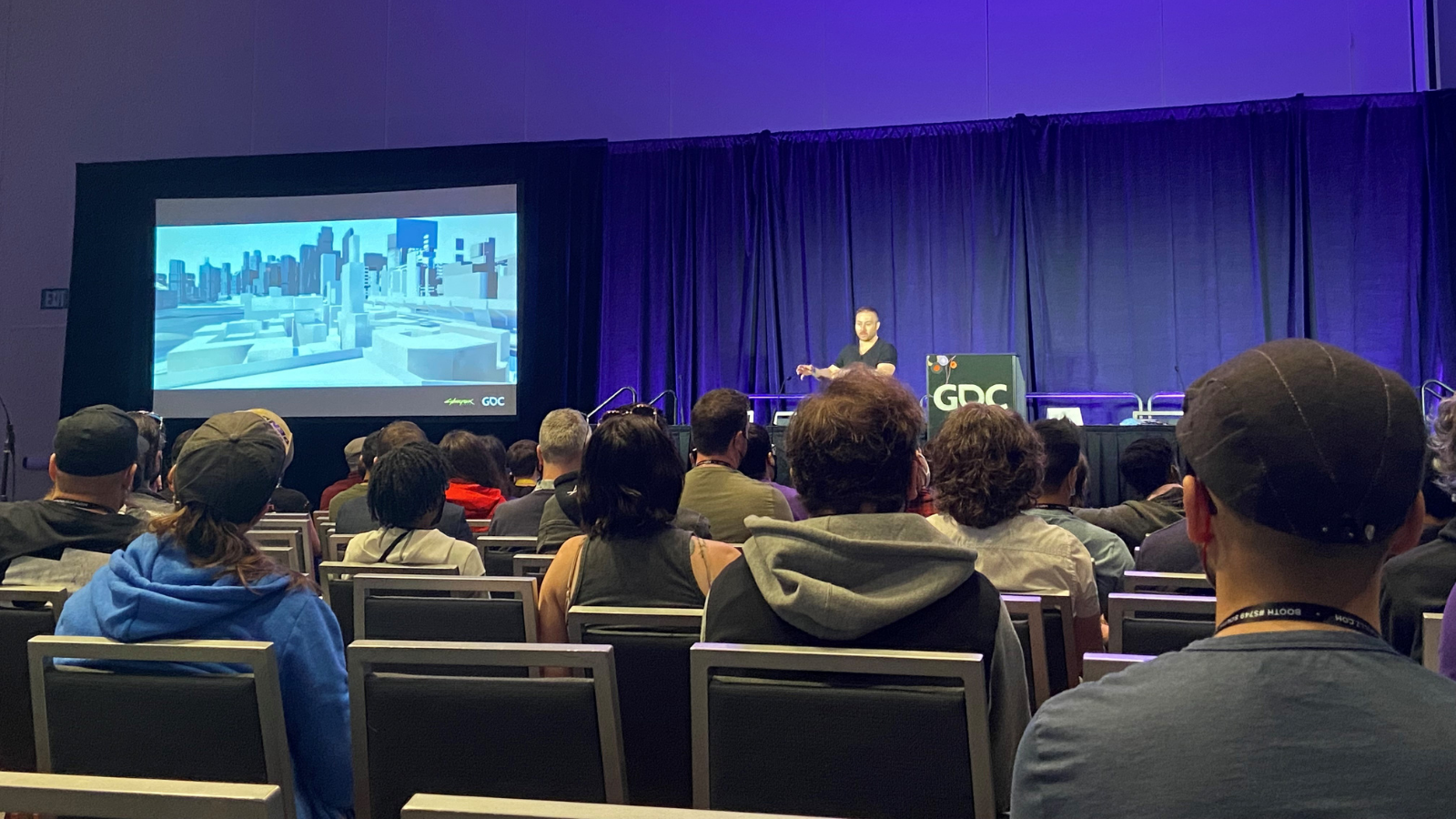
My favorite session of day two was presented by the lead environment artist at CD Projekt Red, Kacper Niepokólcyzcki; his talk was centered around the creation of Cyberpunk 2077‘s environments. My main takeaways were to think about how you can evoke emotions through the design of the environment from the very start.
Although it may lack color and feature very limited detail, the earliest stages of your environment design should still make you feel something. The following steps of the design process should continue to strengthen that feeling you want the player to experience while playing your game. If it doesn’t, then you will need to re-iterate until you hit upon an environment better aligned with your game’s core pillars. When you are making design decisions, you should always stop and ask yourself (or your team) “WHY?” If the answer is vague or unclear, then the concept needs to be worked on.
Future Realities Summit: How NOT to Build a VR Arcade Game

Michael Bridgman (Co-founder & CTO, MajorMega) shares development tips for mitigating user motion sickness in VR experiences.
On my second day of GDC, I went to an awesome panel covering VR arcade games: the dos, don’ts, trials, and tribulations. Michael Bridgman, the developer hosting the presentation, has made incredible VR experiences, and he discussed a few tricks to help mitigate major causes of motion sickness in virtual reality. While some of it isn’t applicable to the kind of development that we do at Amebous Labs, I think he shared many interesting things worth looking into.
Day two also presented me with a chance to use the HTC Flow and the HTC Focus. The XR industry often focuses on the Oculus Quest and to a lesser extent the Vive Index, so it was very lovely to use some alternative headsets. I want to give more attention to the HTC Flow which is a lightweight VR system that takes advantage of your phone’s processing power to reduce the overall size of the headset. Five minutes with it on and I was already trying to formulate ideas for how we might use it (and how I would convince Annie to buy it…)
Meeting HTC Vive’s Developer Community

Annie tries out the HTC Focus 3’s new wrist trackers.
It was great to meet more people in the HTC Vive developer community! On day two, I got to see the new Wrist Tracker device for the Vive Focus 3. It was great to see how this hardware has enhanced hand tracking and reduced issues with occlusion.
Machine Learning Summit: Walk Lizzie, Walk! Emergent Physics-Based Animation through Reinforcement Learning

Jorge del Val Santos (Senior Research Engineer, Embark Studios) highlights a new method for animating digital assets—machine learning!
The traditional way of bringing digital assets to life consists of first rigging and then animating them, but machine learning agents (ML-Agents) present a new, physics-based option. Using a reinforcement learning approach to automatic animation, developers can bring life to creatures and critters with the click of a button — no animators involved. With that said, a fair few challenges accompany the benefits of this technique, so it may not always be the best fit for your game.
One of the greatest challenges to this technique is reward structure; because ML-Agents will be rewarded no matter how they move, they might end up learning to walk in unintended ways. For example, mixups in reward structures can cause a creature to walk using an arm and a leg because there was nothing in place disfavoring that. Another weakness of this physics-based model of animation is authorship or, in other words, your ability to bring character to your creations. At the moment, there’s no clear way of training your monsters to be scary or move intimidatingly.
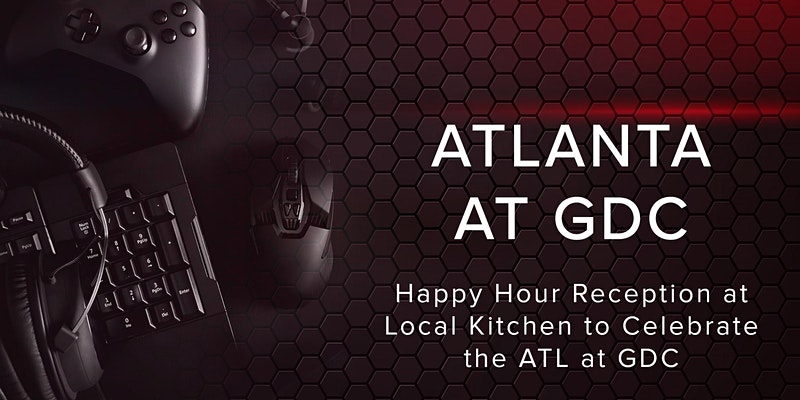

Written by Nick Foster
3D PRINTING VR HEADSET HOLDERS

Written by Peter Stolmeier
Around this time last year, we posted a blog about our, what we thought would be temporary, work from home setups. My solution was to set up the office equipment over the top of my neglected home office.
I liked the ‘new on top of old’ aesthetic I had going on; it felt like that time Commander Riker had to get the U.S.S. Hathaway running by ripping out fiber optic cables from the ceiling and — [Editor’s Note: Peter talks about Star Trek for a while so we’ve trimmed it.] — this is, of course, after he grew the beard.
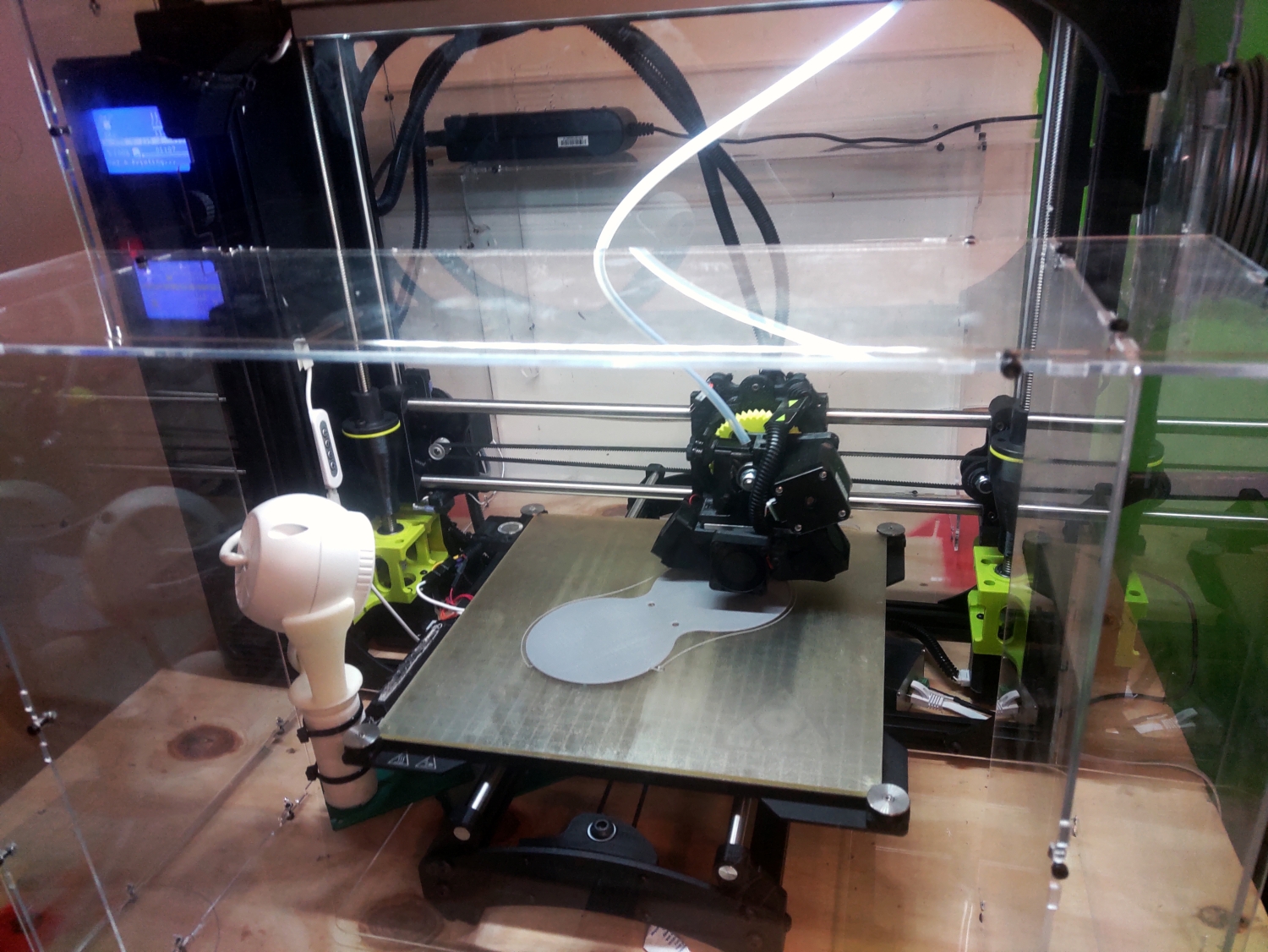

This system has managed to surpass my expectations, and it’s even improved my productivity!
Now, a year into “these unprecedented times,” I find myself ready to finally renovate my at-home workspace to something I like to call 2031 compliant. That means the pile of virtual reality (VR) headsets just will not do anymore.
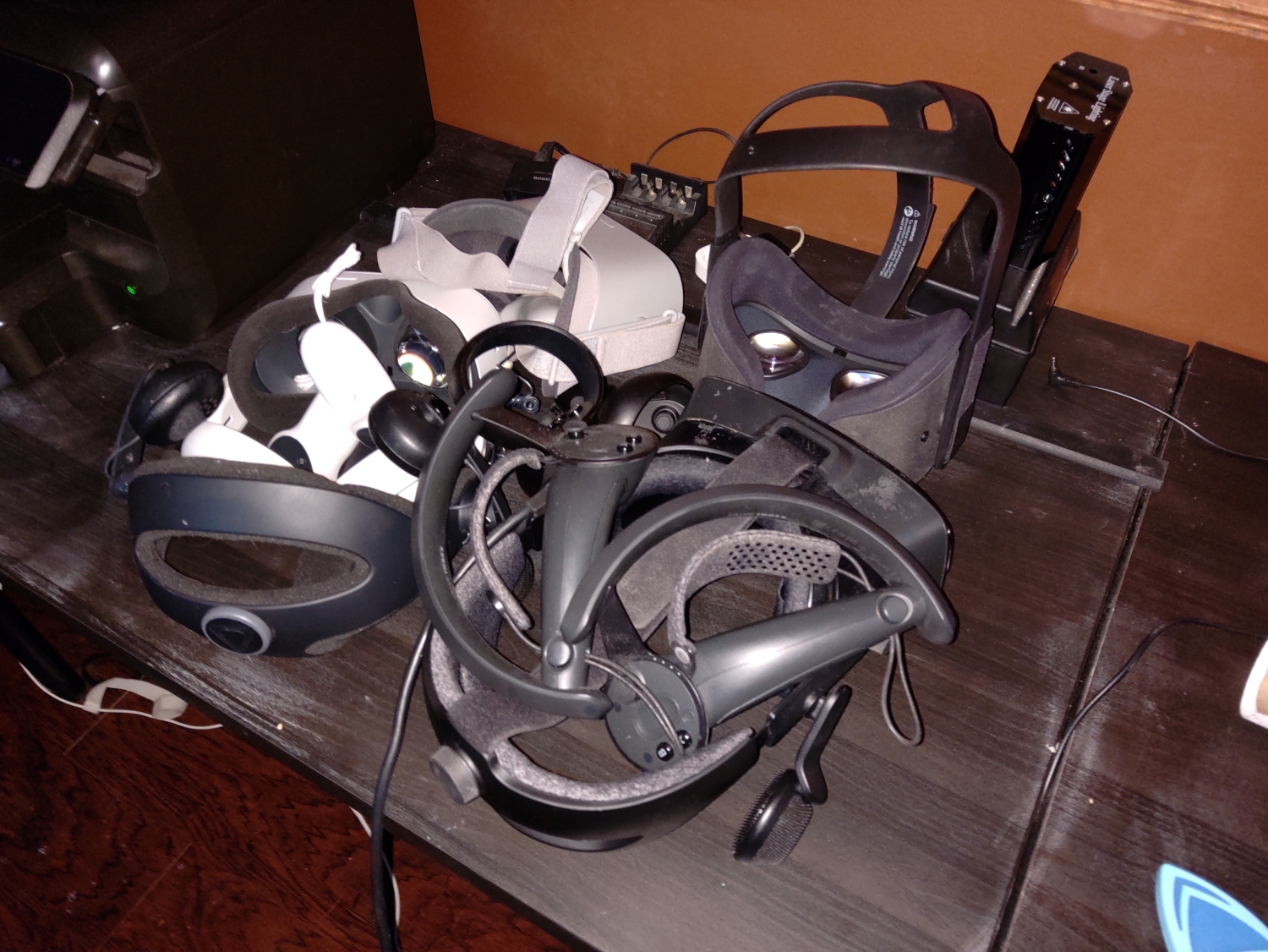
I really do use all these headsets, yes, even the Oculus GO. In rare instances, all five on the same day.
It’s important I keep them close to my desk for easy access, but I clearly have a serious organizational problem. Some of this can be solved in traditional ways. The Valve Index is wired to the PC so it can stay on an already existing hook on the back of the monitor.

The other headsets are wireless and therefore have more options for placement. Amazon has a great selection of choices, but it wasn’t until I started looking on Thingiverse that I found what I really wanted.
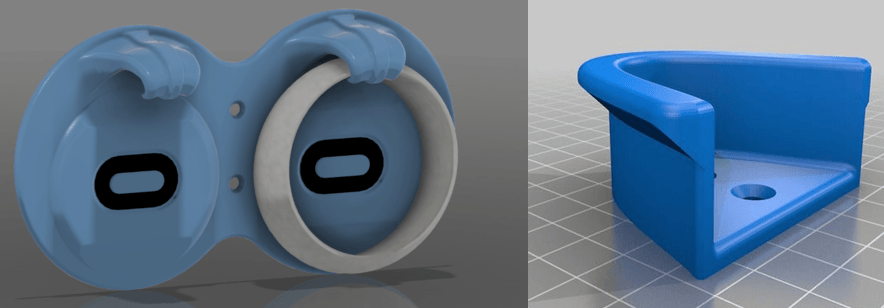
When Annie and I founded, Futurus – the parent company of Amebous Labs – there wasn’t a single consumer-level virtual reality headset, and roomscale tracking was only theoretical. That meant we had to do a lot of prototyping and create bespoke products for clients. Our Lulzbot Taz 6 was a huge help with that and it’s still going strong.

I’ve made many upgrades to it over the years, swapping out the heads, replacing the bed, and even adding a plexiglass shield to isolate the prints.
We can use all kinds of filaments, but I prefer PLA over the other thermoplastics. PLA has many advantages; it melts at lower temperatures, sticks to the bed better, is made from renewable materials like sugar and cornstarch, and because of that, is biodegradable and does not fill the room with a toxic odor.
Users Lensfort and CyberCyclist independently developed parts for a system that not only met all my needs but was minimalist in a way that was perfect for my office wall.
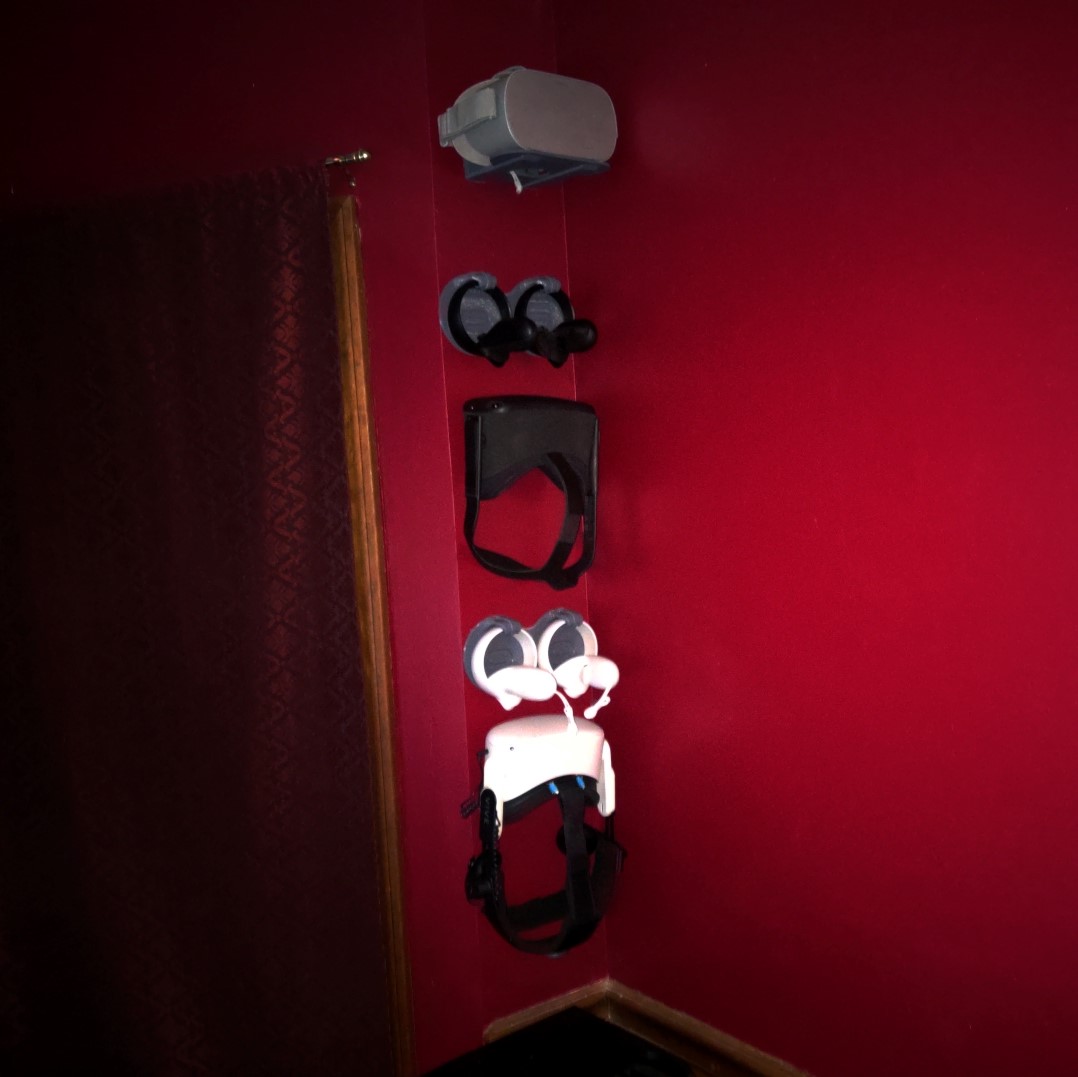
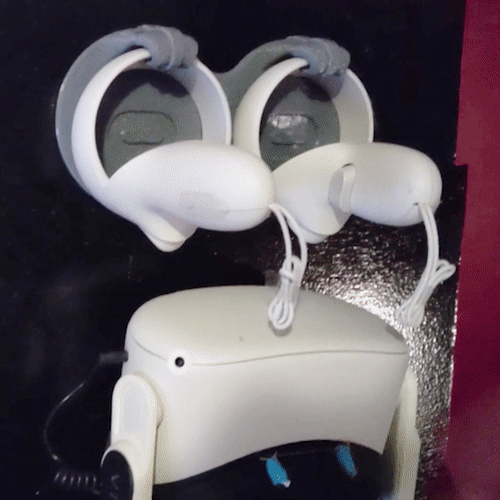
This system has managed to surpass my expectations, and it’s even improved my productivity! It’s gone over so well I’m printing several for the rest of the office crew.
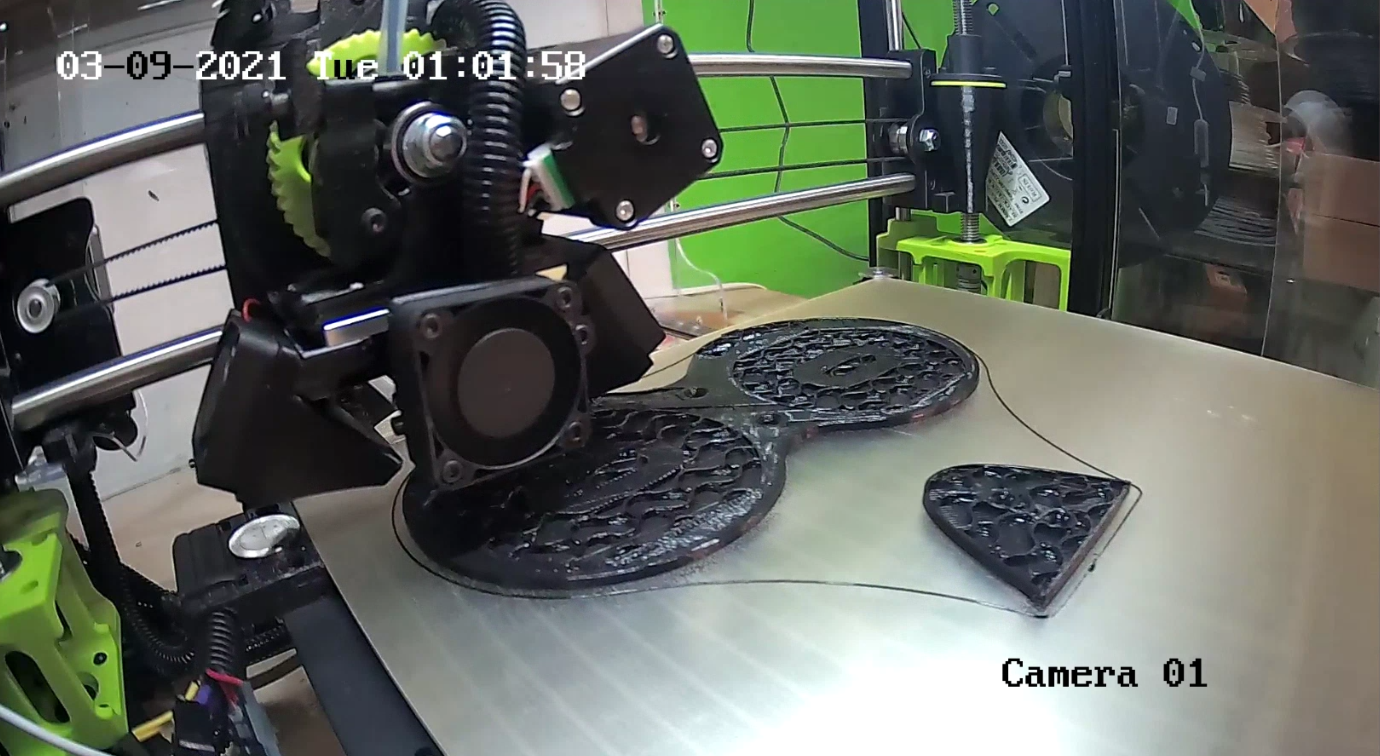
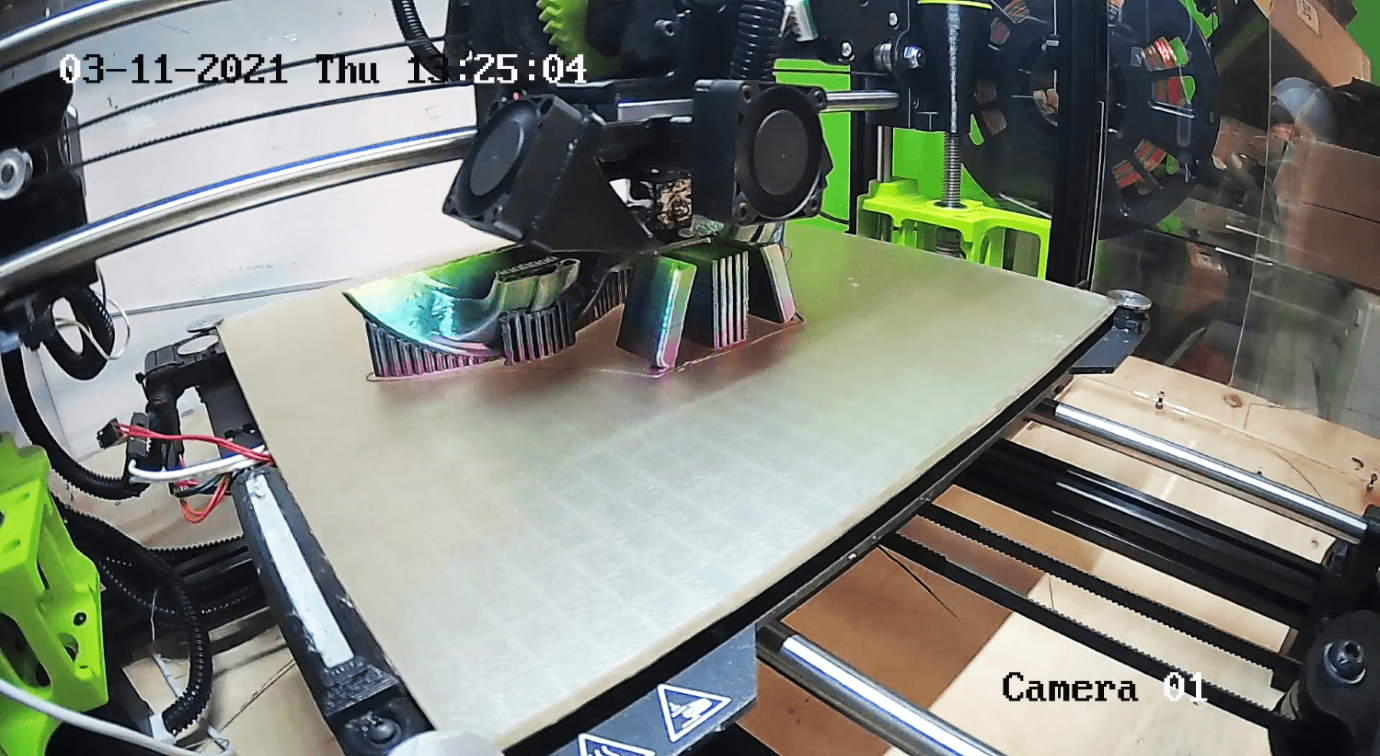
Watch the 3D print in action!
We’re printing a rainbow-colored Oculus Quest headset holder on our Discord server to give to one of our fans! Watch the live video feed in the Loam Zone streaming channel this Friday, March 19, starting at 10 AM Eastern. The print will be running throughout the afternoon. Stop by to see the progress of the 3D print and drop your 3D printing questions in the chat.

Written by Peter Stolmeier
THE ARRIVAL OF NEW HARDWARE PUSHES GAMES FORWARD

Written by Paul Welch
Last week we saw the successful release of three new models of video game consoles to the market; the Xbox Series X and S models and the PlayStation 5. Both are joining their respective console families, which were last released back in November of 2013. This lines up with the industry standard of about six to seven years between major releases. It doesn’t account for revisions and minor updates along the way like we saw with the PlayStation 4 Pro and Xbox One X, which brought noticeably more capability in terms of power to their generations but were still not enough to be considered a real generational step.
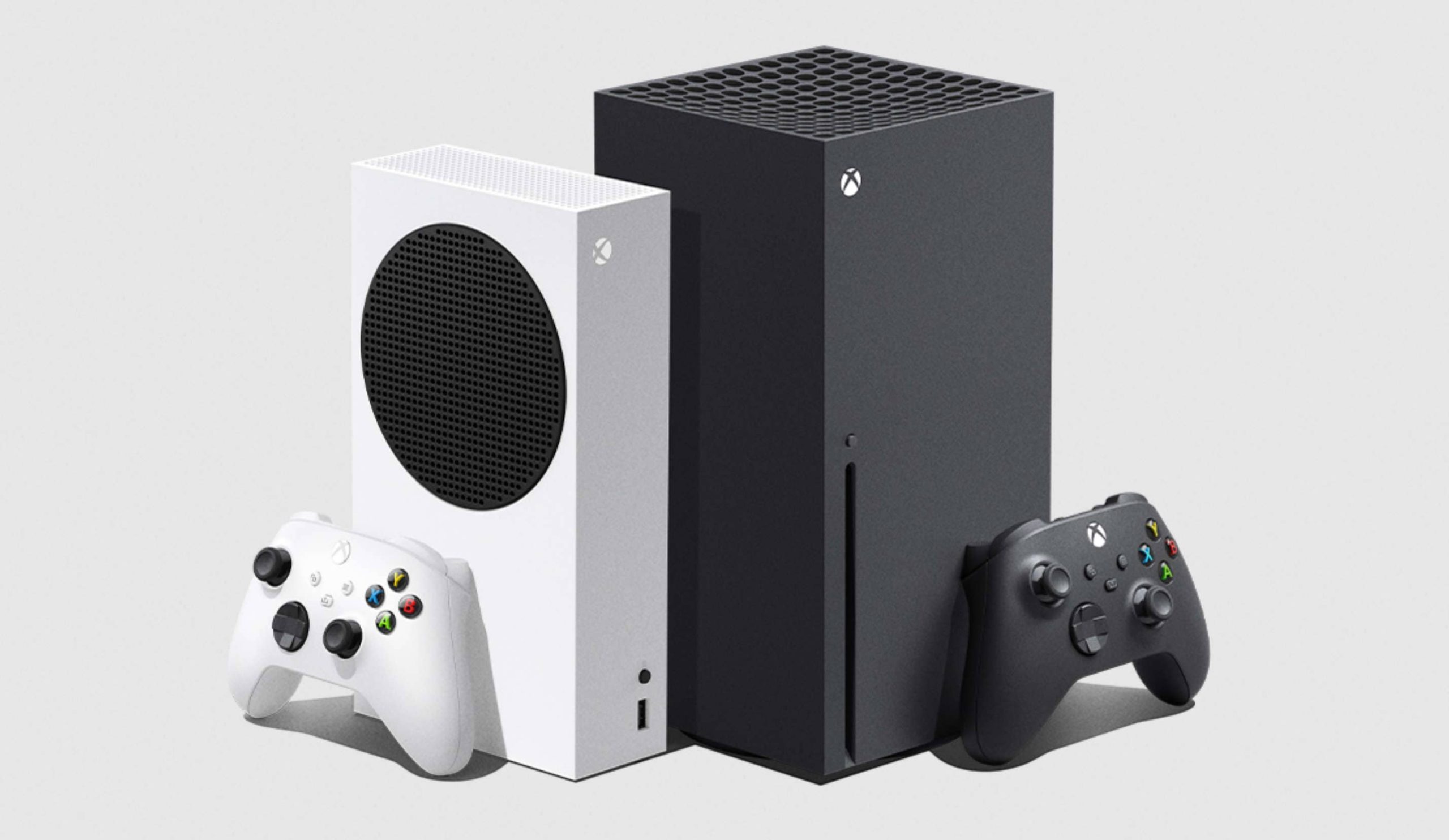

Both consoles have far quicker load times than their previous versions, which means everyone wins.
These new releases bring a lot to the table for console gamers left out of many significant steps forward in gaming that advancements in PC GPUs and monitors have brought to the industry. Of those steps, the most obvious is the 4k resolution standard for both consoles. While PC gamers have been enjoying many resolution choices to match the desired look and performance based on their hardware, console gamers have been locked into 1080p. At least until the Xbox One X and PlayStation 4 Pro iterations opened up 4k to some games. The support those iterations added depended on the game developers updating their games to support it and wasn’t considered the standard for that generation.
In contrast, it is front and center with the new generation of consoles as a core standard feature. The Xbox Series consoles also boast support for 1440p. The 1440p resolution is the standard middle ground of PC gaming resolutions between 1080p and 4k. It is an excellent resolution for many PC gamers when they want something higher than 1080p but don’t want to jump into the financial investment involved in achieving 4k gaming. Unfortunately, for now, PlayStation 5 does not support 1440p, but Sony has stated that if demand is there, then the console can be updated later to support it.

PlayStation 5

Xbox Series
Another great step forward for both consoles is the inclusion of SSD (solid-state drive) storage. While both consoles are implementing their upgrade paths for consumers differently, the outcome is the same, faster loading times for both the console’s operating system and the games themselves. Each console comes with built-in SSD storage, the Xbox Series X clocking at 1TB, while the PlayStation 5 brings 800GB. This doesn’t seem like a lot for modern gaming, considering current game installs can take up 150GB. Luckily both consoles support easy upgrade paths for consumers. The Xbox Series supports their own custom SSD adapters that plug directly into the consoles’ back to expand storage space. While the PlayStation 5 supports standard consumer PCIe 4.0 NVMe SSD devices. Obviously, the Xbox is a bit more user friendly and simple to upgrade; it isn’t hard to upgrade the PlayStation either. There has been a lot of back and forth amongst the fans on which system has faster load times, and that is still to be seen, but in the end, both consoles have far quicker load times than their previous versions, which means everyone wins.
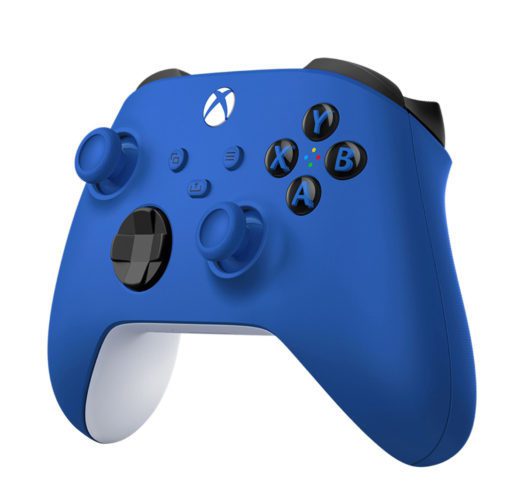
Xbox controller

PlayStation controller
Probably one of the biggest changes consumers will notice is the controllers. This time around, Xbox decided to stick with its core design and only make some small connectivity and usability changes. The biggest changes to a player will be the new d-pad design, which should make it easier to use, and the addition of a share button that allows users to share activity, video clips, and more via social media. The rest of their changes are behind the scenes updates like the addition of USB-C and Bluetooth low energy. PlayStation, however, decided it was time to make a bigger step forward for controllers. They redesigned the rumble feature to work as a more precise haptic feedback system and changed the ergonomics of the controller a bit. Generally, the controller’s shape and layout are the same, but they bulked it up a bit this time, so it is slightly larger than its DualShock 4 counterpart. The most significant change made to the PlayStation 5 controller is the addition of the new adaptive triggers, allowing games to create a sense of resistance on both the L2 and R2 triggers. Imagine using the trigger to draw the string on a bow, and the further back you pull it, the more resistance you feel in the trigger, which would allow you to know exactly how much force you’re putting into your shot. The new level of interaction can create lots of new gameplay interactions, from feeding the user passive data to opening new puzzle designs and more.
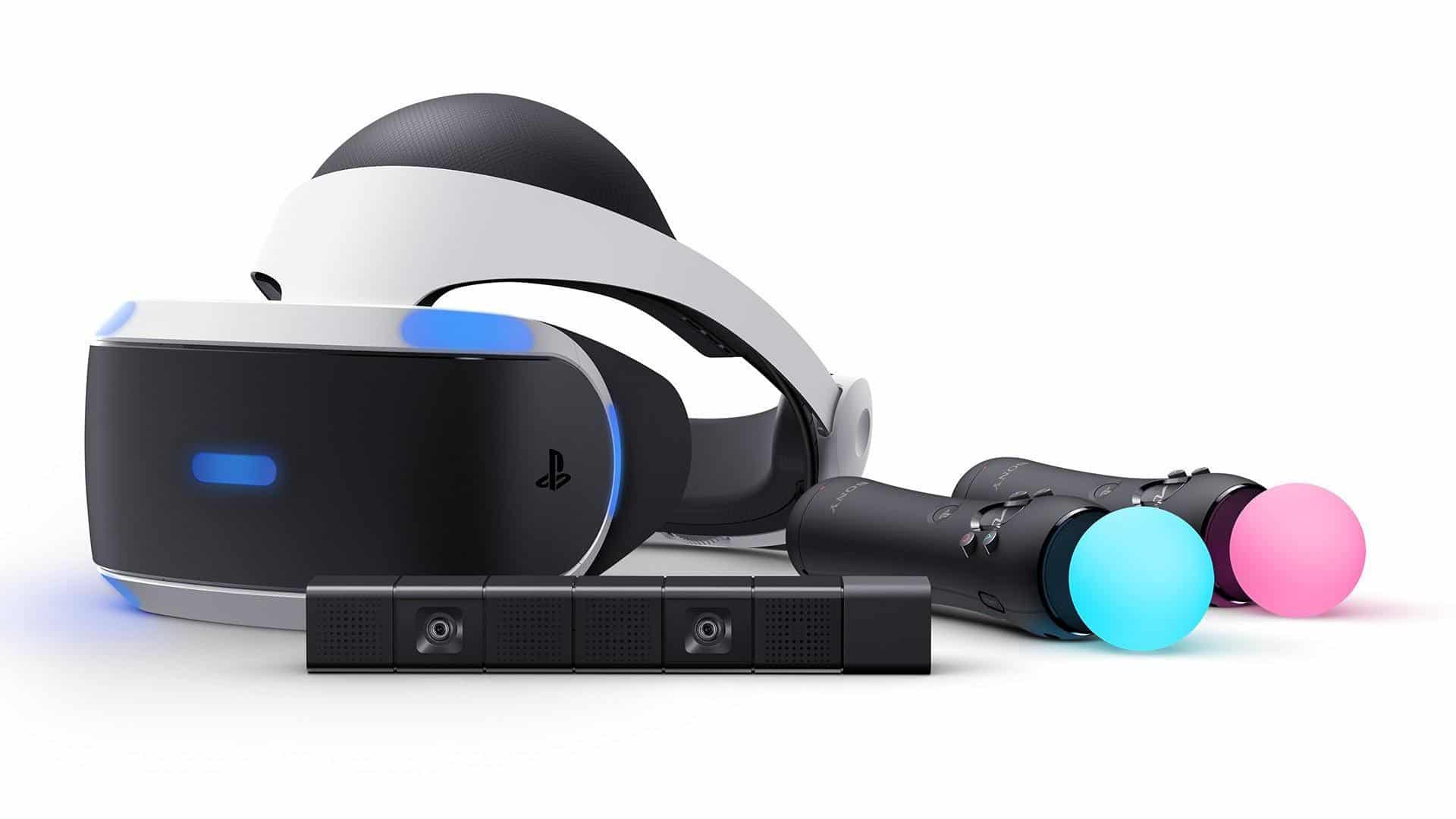
PlayStation VR headset
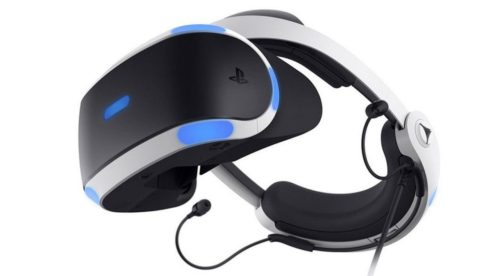
One of the big questions circling the industry after the announcement of both new consoles was whether they would support VR. Sony quickly confirmed that the PlayStation 5 would support the original PlayStation VR headset and games. Still, it requires a special adapter, which they currently provide for free to users that register their headsets on their designated page here. There have been rumors that a new PSVR 2 headset is coming, but Sony hasn’t made any official announcements about when it might release or any of its specifications. Unfortunately, Microsoft has stated that they have no plan for VR support in the Xbox Series X’s future. There have been small findings in the code of a couple of Microsoft games that give fans hope of future support, but unfortunately, all that really tells us is they at least tried it or considered it at one point. With Microsoft already involved in the VR industry with its mixed reality (MR) headsets and HoloLens, it is a shame that they have no real plans to utilize it in their gaming department where it would likely get the most use and possibly help bolster their MR offerings. We can only hope they change their minds on this in the future.
With all these exciting updates and both pieces of hardware in fans’ and developers’ hands, we are very excited to see this new generation of hardware grow into its own just like every previous generation has.
